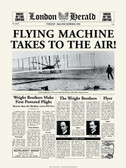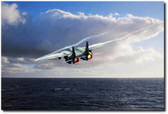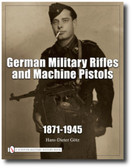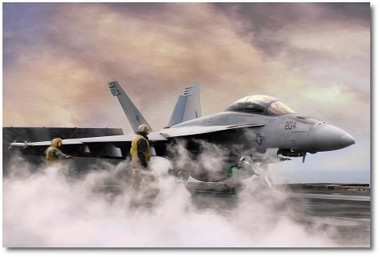 Loading... Please wait...
Loading... Please wait...- Home
- Aviation Art - Digital
- Peter Chilelli - Digital
- Steam Machine
- Home
- Aviation Art - By Artist
- Peter Chilelli
- Steam Machine
Categories
Steam Machine
Product Description
Steam Machine by Peter Chilelli
Un-signed and Un-numbered
Open Edition Paper Prints -
Small- Image size: 10" x 16" - $99.50
Medium- Image size: 16" x 24" - $155.00
Large- Image size: 24" x 36" - $225.00
Open Edition Canvas Prints - (Comes Rolled)
Small- Image size: 10" x 16" - $110.00
Medium- Image size: 16" x 24" - $175.00
Large- Image size: 24" x 36" - $255.00
Limited Edition of 50 Canvases - $695.00
S/N by the Artist
Image size- 40" x 60"
(Comes rolled with certificate)
Please Note: Peter Chilelli's prints come in different aspect ratios for each image, so sizes will vary!
Following World War II, the Royal Navy was developing a new catapult system for their fleet of carriers. Commander Colin C. Mitchell, RNV, recommended a steam-based system as an effective and efficient means to launch the next generation of naval aircraft. Trials on HMS Perseus, flown by pilots such as Eric "Winkle" Brown, from 1950 showed its effectiveness. Navies introduced steam catapults, capable of launching the heavier jet fighters, in the mid-1950s. Powder-driven catapults were also contemplated, and would have been powerful enough, but would also have introduced far greater stresses on the airframes and might have been unsuitable for long use.
At launch, a release bar holds the aircraft in place as steam pressure builds up, then breaks (or "releases"; older models used a pin that sheared), freeing the piston to pull the aircraft along the deck at high speed. Within about two to four seconds, aircraft velocity by the action of the catapult plus apparent wind speed (ship's speed plus or minus "natural" wind) is sufficient to allow an aircraft to fly away, even after losing one engine.
At launch, a release bar holds the aircraft in place as steam pressure builds up, then breaks (or "releases"; older models used a pin that sheared), freeing the piston to pull the aircraft along the deck at high speed. Within about two to four seconds, aircraft velocity by the action of the catapult plus apparent wind speed (ship's speed plus or minus "natural" wind) is sufficient to allow an aircraft to fly away, even after losing one engine.






